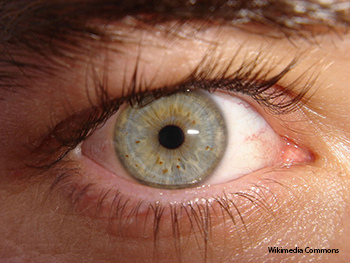
Inkjet printers can produce images of almost anything human beings can visualize. Someday, the devices may even print out a second chance at sight.
Using piezoelectric inkjet technology, scientists at Cambridge University (United Kingdom) have printed structures made of retinal ganglion and glial cells harvested from adult laboratory rats (Biofabrication 6, 015001). The method is far from ready for use in humans, but it could represent the first proof-of-concept step toward printing delicate tissue grafts for the human eye and other structures of the nervous system.
The printer does not create living cells from scratch; rather, it extrudes them, bit by bit, onto a substrate to form a patterned tissue culture. Past studies have demonstrated that live cells can survive the inkjet printing process, but the experiments involving neuronal cells were limited to thermal inkjet printing, in which expanding vapor bubbles propel liquids from tiny nozzles. The Cambridge team used piezoelectric technology, in which an applied voltage changes the shape of a crystal inside the nozzle, thus forcing a droplet out. The researchers wanted to know whether the piezoelectric inkjets would damage adult neuronal cells, which have a limited capacity to regenerate themselves.
The scientists ejected the retinal ganglion cells and glial cells from single-nozzle printers with nozzle diameters of 50 µm and 80 µm, respectively. A high-speed camera recorded side views of the ejected droplets.
The cells showed no signs of significant deformation after leaving the print head, and the process had no long-term effect on the survival and viability of the printed cells. The liquid in which the cells were suspended had a lower concentration of cells after ejection, probably because the cells tended to adhere to the glass capillary wall near the nozzle. The scientists will study potential ways to overcome that issue and will also investigate whether light-sensitive photoreceptor cells can be printed in a similar fashion.
